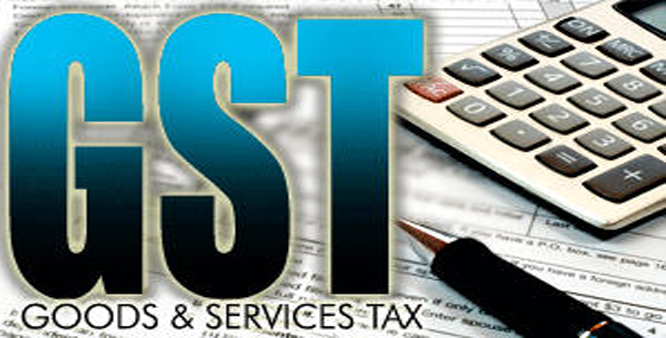Easier said than done. I find this saying interesting and ubiquitous. This nostalgia is caused due to the recent statement of Mr Arun Jaitley. He said that he is hopeful that he will be able to implement GST by April next year. Although Congress is planning to have some fun with it. With the current scenario of Chinese economy, it is a golden opportunity to build momentum for economic growth. GST is predicted to add 2 percentage to Indian GDP if Times of India is to be believed. So, the first logical question is why is it still hanging in the middle?
Well, democracy is a funny game. Although BJP is still enjoying the music of the overwhelming victory of 2014 but Rajya sabha is a different ball game altogether. Now things will spice up in April when the composition of Rajya Sabha will witness a change in quantum. I don’t have a crystal ball to predict the future but still we can assess the impacts of GST on different industries. Though much has been said and the act intensively scrutinized. A brief introduction is the call of the hour. As we all know that the policy being pursued currently follows the dual tax system.
1) The system is described by central and state taxes.
2) These undergo further ramification namely:
a) Service tax
b) Excise duty
c) VAT (introduced in 2005)
d) Custom duty.
So, GST will be a mechanism of indirect taxation which will be levied upon goods or services. A standard practice in first world countries. Now the logical question that would follow is “Who is going to administer it?” The GST council will be headed by the Union Finance Minister assisted by Minister of state for finance and the body will also include state finance ministers. Well the biggest fear that is associated with it is that states will lose out on some of the revenue. Like this tax will be levied at the point of consumption.
A POSSIBLE SCENARIO:
1) Big consumer states like UP and WB will get a higher share.
2) States like Gujarat, T.N will lose out due to primarily being manufacturing hubs.
COUNTER MEASURES:
So, the bill provides for one percentage points extra tax on goods for at least two years. Add to that central government‘s compensation for the next 5 years.
Let’s consider its impact on the major players:
1) Logistic Industries:
It was estimated to be worth USD 130 billion in 2013. GST has the potential to accelerate Growth in this sector. However its impact can be truly assessed after drafting. According to many gurus the whole supply chain management process will need an overhaul. GST can still be the change that logistics was awaiting. Fingers crossed.
2) Manufacturing Industries
It is one of the pages that is missing from the narrative of Indian development despite it enjoying favourable demographics and geographical location. GST in this context will reduce cascading effects of taxation producing synergy. It is supposed to have far reaching effects on production time, cost, compliance etc. Also the tax credit could be increased. GST according to some is the most important tax reform after Independence.
As an ordinary citizen I hope this bill really brings the promised transformation at grass root levels and in my wallet too.
